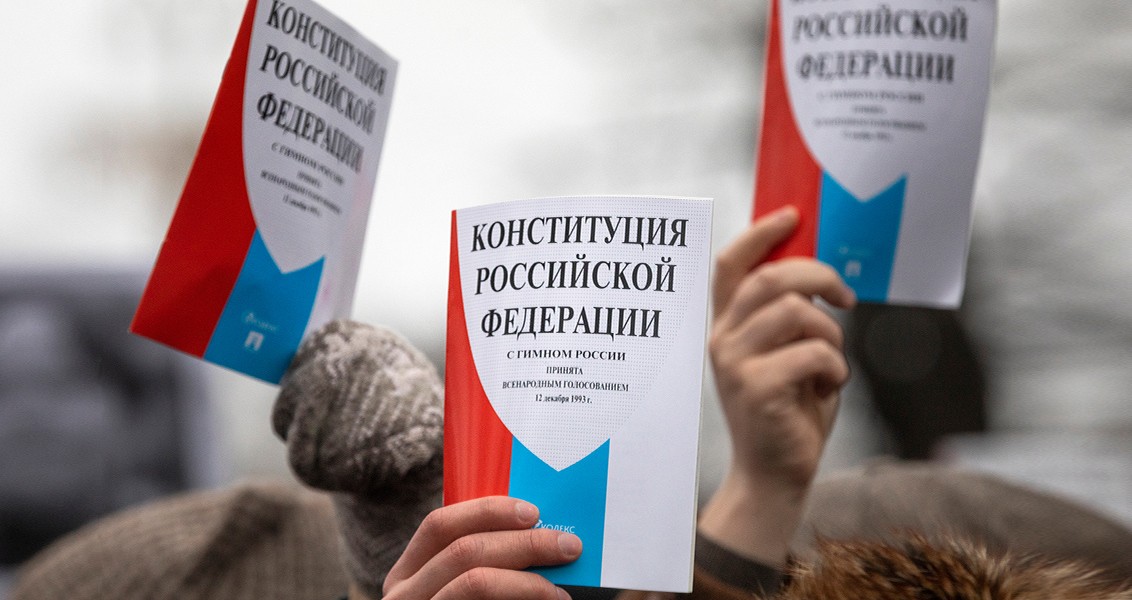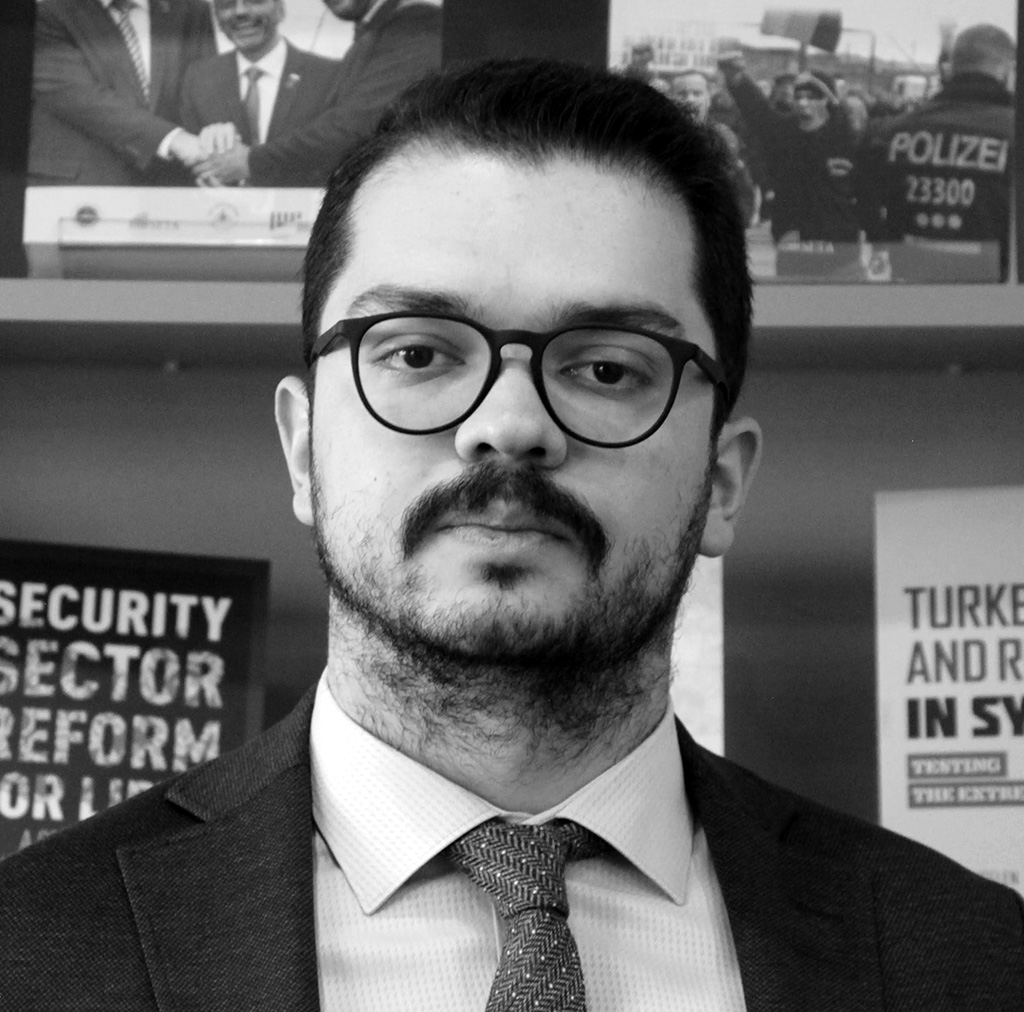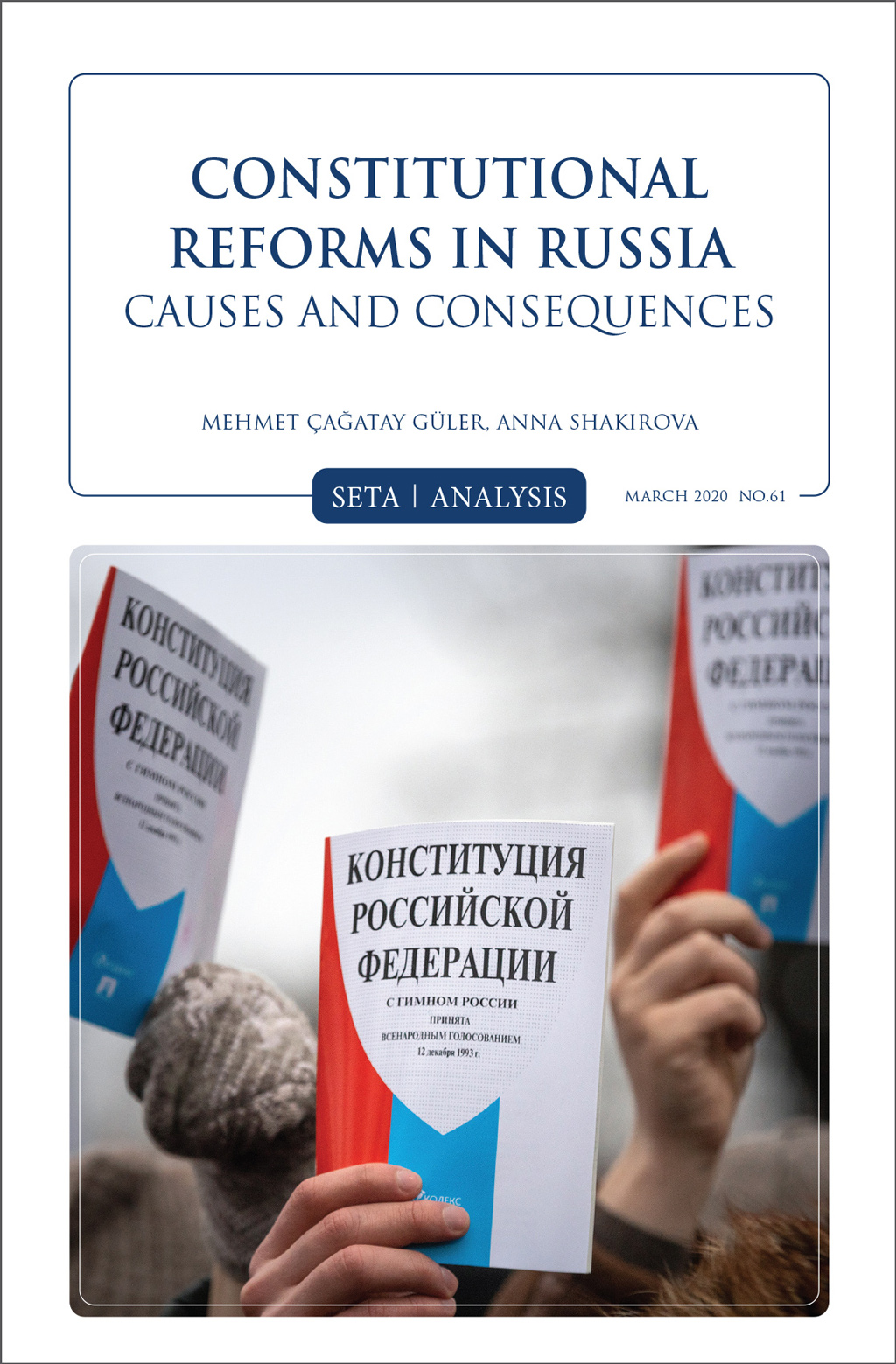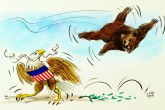This analysis addresses the potential changes in the constitution of the Russian Federation and the reasons behind the acting government’s resignation brought upon by President Putin on January 15, 2020. The work aims to underline the causes behind the proposed constitutional amendments and the government dissolution as well as its consequences on the future governance of Russia.
The constitutional reforms in Russia proposed by Vladimir Putin brought about a degree of uncertainty both domestically and internationally. The changes cover a vast spectrum of subjects, varying from the formation of the Russian government to the inclusion of social support measures and addition of certain state organs into the constitution. However, the cornerstone of these suggested constitutional amendments is the decrease of the presidential power and the increase of the power of the Federal Assembly, the legislative body of the Russian Federation, over the formation of the government of Russia. This brings a significant shift in power sharing between the executive (presidential) and legislative branches over a formation of the executive branch.
The resignation of Prime Minister Dmitry Medvedev and the dissolution of his cabinet came along with the proposal for the constitutional amendments. The former is being seen as irrelevant to the latter by the public, both domestically and internationally. This analysis aims to fulfill the need for elucidation of both current developments.
The paper aims to restore the connection between these firestorm-like events by answering the questions that have risen as a result. Primarily, it will elaborate on the constitutional reforms, the peculiarities of their implementation, and their consequences. This will be followed by an analysis of the whys and wherefores behind the prime minister and the acting government’s suspension. Finally, the paper will conclude by providing different scenarios for Putin’s future and governance.





